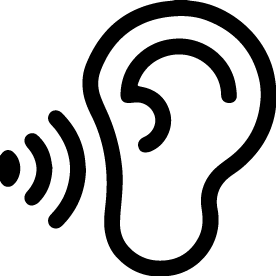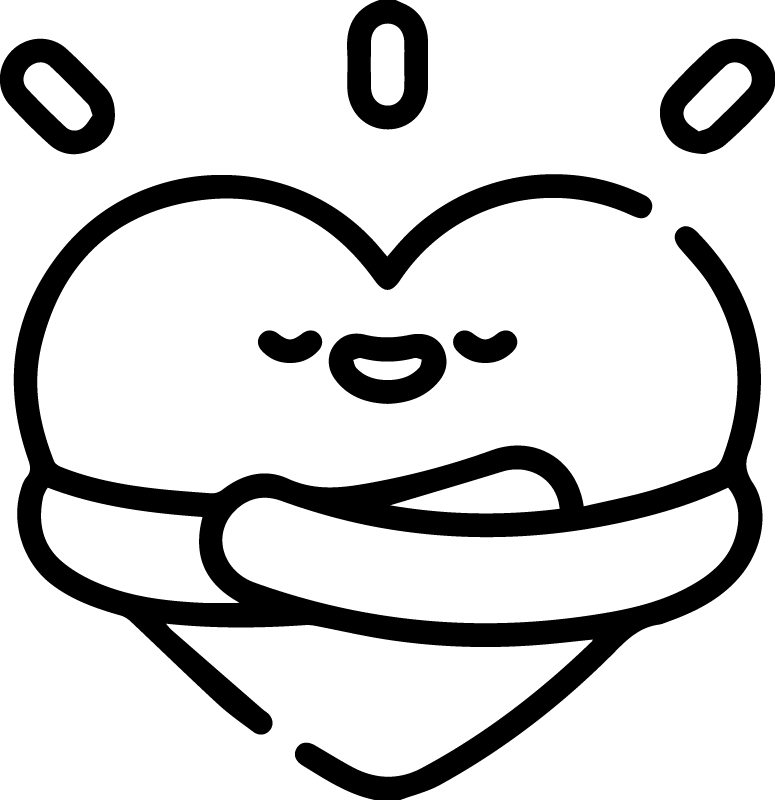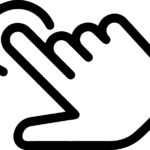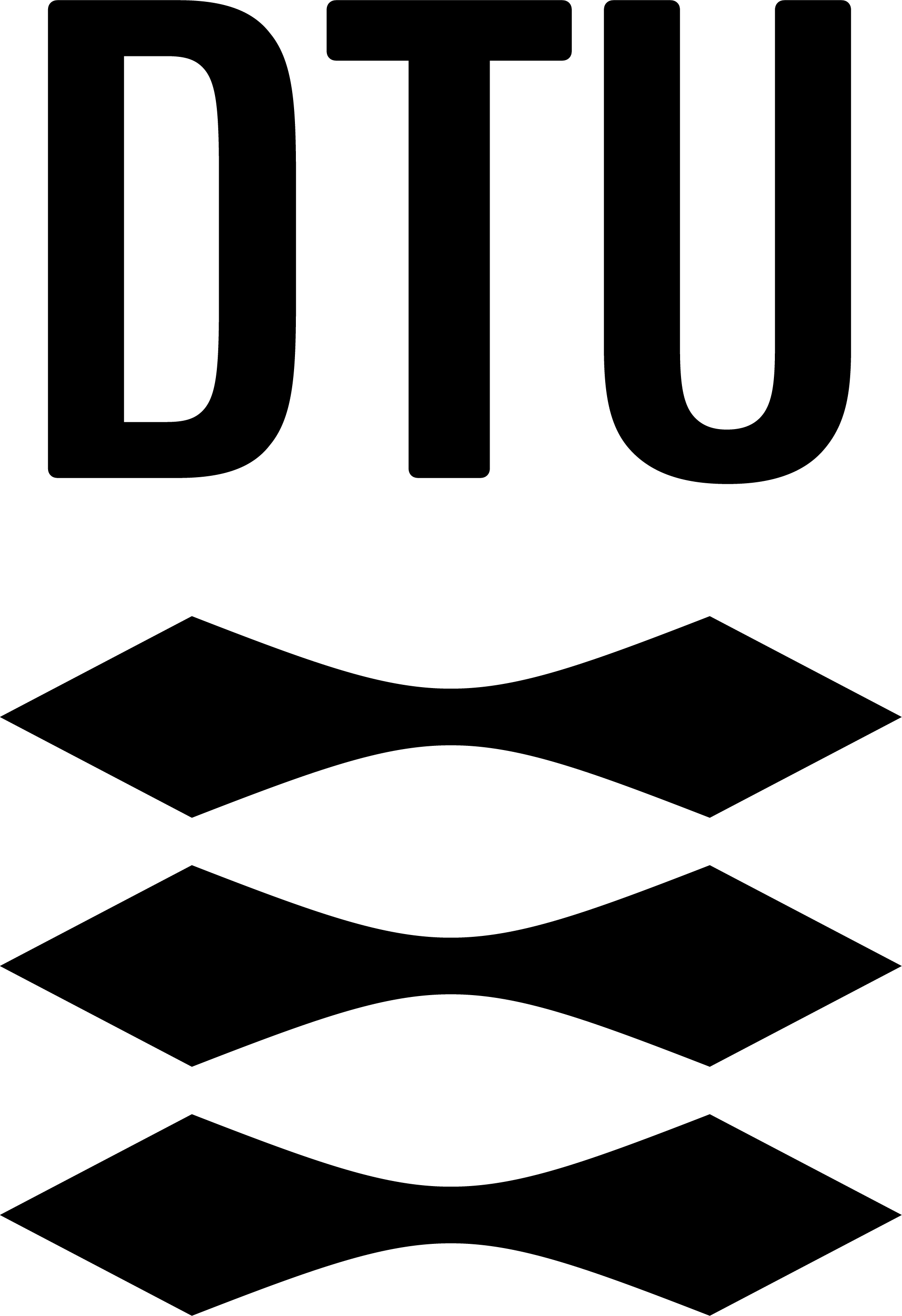Journey map Add/remove
Purpose:
The purpose is to map out a persona’s journey by narrowing it down to single steps. By creating a journey map one can analyze the experience of different personas along every step of the journey. Once the steps of the journey have been completed, the steps are categorized to gain an overview of a given situation and emotional stages are added.
Tips to include participants who are not able to:

See
Try to frame a situation that does not require many steps. The more steps the participant has to memorise the more complex it gets.

Think

Move

Hold

Speak
Drawing ones ideas for the journey to further enhance communication is also possible.

Hear
Drawing ones ideas for the journey to further enhance communication is also possible.

Focus

Belong

Emote

Touch
Overview
Input
Persona, interview or some sort of communication with the user should have been made prior to this method.
Output
Visual representation that provides a deeper understanding of the persona and detailed insight of each step performed by the persona in a given situation.
Complexity
Moderate - complex
Time
35 minutes - Depends on the amount of personas given to each group.
Participants
Activity
- Put yourself in the personas place
- Relate to the situation
- Reflect on steps within the situation
- Write/read
- Fill out template
Step by step:
Hand out templates for your participants as well as pens, post-its and personas.
Divide the participants in groups of 2 and explain the method by showing an example that differentiates from the scope of the workshop to ensure that the participants are not primed.
Make sure that the participants have understood the method.
Provide a persona for each group (could be the same or different personas). Ask the participants to discuss the persona.
Give each group a situation that the persona has to go through (could be the same situation or different situations).
Ask the groups to fill out the template by writing the personas’ steps in the given situation on the template. The steps are noted on post-its, one step pr. post-it.
Ask the groups to generate categories for the steps.
Ask the groups to link emotions on post-its to the different steps. Include who the persona interacts with and their potential emotions/frustrations.
Ask the groups to present their personas journey.
When doing this method you should consider:
If possible invite personas to the workshop and let the participants engage with the persona before filling out the template.
If the abilities of the participants allows it, ask them to perform the journey map by using wall space. Ask them to stick the template to the wall instead of sitting around a table.
Since there are multiple steps it can be a good idea as a facilitator to only tell one step at a time. This ensures that the participants do not get confused about which step they are at and it eliminates the risk of them mixing the steps or skipping one of the steps.
If you for instance only have 4 participants which makes up for two groups, each group could get multiple personas to create a journey from. If you have many participants each group could get one persona that differentiates from the other group’s persona. It all depends on the amount of time there is, number of participants and the amount of data wished to be generated.
If the persona resembles a participant, do not let the participant be pointed out as it can make him/her uncomfortable.
Materials needed:
- Template
- Post-its
- Pens
- Space

